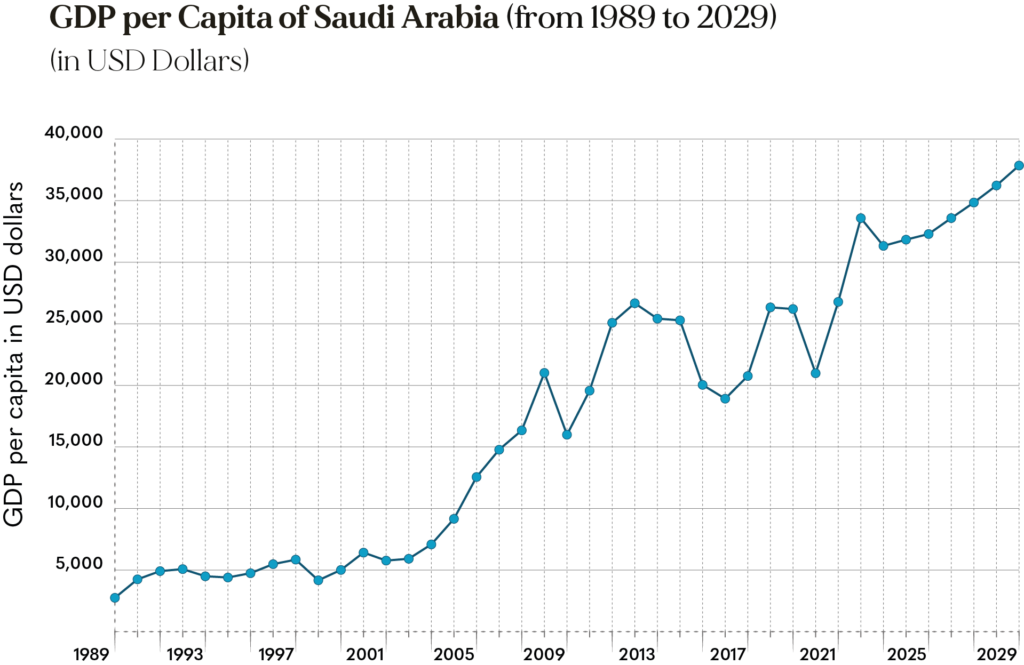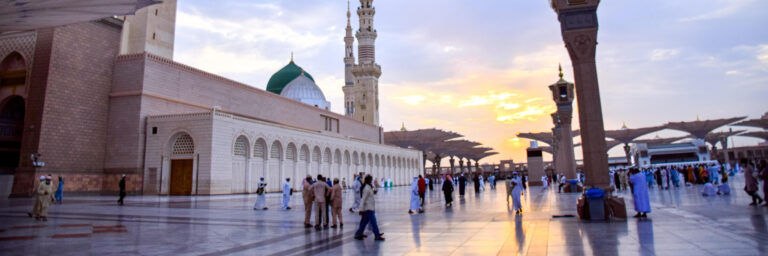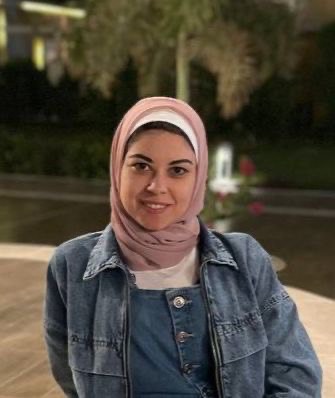Global Perspectives
Gone are the days when Saudi Arabia was seen as a distant desert land defined by tribal traditions. Today, the Kingdom is a center of transformation, driven by vision, ambition, and innovation. No longer defined solely by its oil wealth, Saudi Arabia has emerged as a global leader in business, technology, and diplomacy. However, while it races toward modernization, it remains deeply rooted in its cultural and linguistic heritage.
Arabic has long been the cornerstone of Saudi identity, carrying the weight of the Kingdom’s history, traditions, and storytelling. Regional dialects — such as the eloquent Najdi Arabic of the central region and the poetic Hejazi Arabic of the west — reflect this rich heritage. Yet, as Saudi Arabia embraces globalization and economic diversification, its linguistic landscape is evolving.
A key driver of this shift is Vision 2030, a strategic framework designed to reduce dependence on oil and position Saudi Arabia as a global economic and cultural hub. This ambitious plan drives reforms across education, business, and technology, fostering innovation and attracting international investment. As part of this modernization, English has gained prominence as a global communication tool, expanding its role in schools, universities, and workplaces.
However, this shift is not about replacing Arabic but rather about balancing tradition with progress.
By embracing bilingualism, Saudi Arabia ensures that while it connects with the world, it also safeguards its linguistic and cultural heritage for future generations.
Embracing English: A Key Piece of a Bigger Plan
Saudi Arabia’s Vision 2030 is not only a transformative economic blueprint but also a cultural shift, redefining the Kingdom’s role on the global stage. A central pillar of this vision is the strategic promotion of English proficiency, ensuring that Saudi citizens are equipped to engage with international markets, businesses, and partnerships. To achieve this, English is being integrated into education from an early stage, preparing future generations for the demands of a globalized world. The emphasis on English is particularly evident in business, engineering, and medical fields, where fluency is increasingly essential for professional success.
The push toward bilingualism began in 2003, when the Ministry of Education introduced English in all primary schools, stating that:
“One of the goals of the education system in the Kingdom is to provide students with proficiency in English as a way of acquiring knowledge in the fields of sciences, arts, and new inventions, and of transferring knowledge and the sciences to other communities, in an effort to contribute to the spread of the faith of Islam and service to humanity.”
(Ministry of Education, Policy of English)
This dual commitment to progress and preservation is also evident in Neom, a futuristic megacity envisioned as a global innovation hub. As one of the flagship projects of Vision 2030, Neom aims to drive economic diversification, attract international talent, and pioneer advancements in technology, sustainability, and artificial intelligence.
Beyond Neom, Saudi Arabia’s cultural tourism sector has experienced a 109% increase between 2019 and 2022, with 18 million domestic tourist trips incorporating cultural activities. This highlights the growing interest in heritage preservation, reinforcing the idea that globalization and cultural identity can coexist. At the same time, the rise of podcast consumption in Saudi Arabia — despite Arabic-language content making up just 1% of global podcasts — signals a growing demand for Arabic digital content. This presents opportunities for greater linguistic and cultural engagement in the digital sphere, further demonstrating how Saudi Arabia is embracing modernization while preserving its linguistic roots.

Source: Statista
Preserving Local Dialects and Traditions with Cultural Tourism
As globalization reshapes Saudi Arabia’s tourism and immigration sectors, the influx of international visitors has increased demand for English in hospitality, travel, and entertainment. At the same time, immigration from Asia, Africa, and the Arab world has contributed to greater linguistic diversity.1
While Arabic remains dominant, it is now spoken alongside Urdu, Bengali, Tagalog, and English, reflecting the Kingdom’s evolving multiculturalism. Additionally, the growing presence of English-speaking expatriates across various industries has reinforced the language’s role in everyday communication.

Saudi Arabia
Language Data Factbook
The Language Data Factbook project aims to make the localisation of your business and your cultural project easier. It provides a full overview of every country in the world, collecting linguistic, demographic, economic, cultural and social data. With an in-depth look at the linguistic heritage, it helps you to know in which languages to speak to achieve your goal.
Discover it here!At the same time, cultural tourism plays a key role in preserving local dialects and traditions. Investments in heritage sites, museums, and festivals have sparked renewed interest in regional dialects, ensuring a connection to Saudi Arabia’s rich past. One notable example is the “Common Ground” festival, organized by Saudi Arabia’s Ministry of Culture. Held at Mega Studio in Riyadh’s Boulevard City, this event celebrates the deep-rooted ties between Saudi Arabia and Iraq through art, music, and folklore.2 The festival immerses visitors in a shared cultural experience, featuring a meticulously recreated Al-Mutanabbi Street, the historic literary hub of Baghdad. This area is brought to life with bookstores, live painting sessions, and traditional oud performances, offering a glimpse into Iraq’s intellectual and artistic heritage.
Visitors can explore the “Beneath the Gaze of the Palms” exhibition, showcasing over 100 artworks
by Saudi and Iraqi artists, reflecting themes of identity and cultural heritage.3 Adding to the vibrant atmosphere, the festival presents live folk music and dance performances, including the traditional Choby dance, alongside a rich display of culinary delights from both nations.4 By hosting such events, Saudi Arabia reinforces its commitment to cultural preservation while fostering cross-cultural understanding.

Source: Cultural Atlas
In a country where ancient dialects echo through the desert while cities buzz with innovation, Saudi Arabia is experiencing a linguistic transformation. The interplay of tradition and technology is reshaping how language is preserved and adapted in the digital era.
The rise of artificial intelligence (AI) adds a new dimension to this transformation. Saudi Arabia is actively leveraging AI to bridge linguistic divides and safeguard its diverse dialects. A key initiative is the collaboration between the Saudi Data and Artificial Intelligence Authority (SDAIA) and IBM to develop a generative AI program tailored for Arabic dialects. This project integrates SDAIA’s Arabic large language model into IBM’s AI platform, Watsonx-an AI system designed to create, train, deploy, and manage generative AI and machine learning models at scale. The goal is to enhance communication across the Arab world, powering chatbots, editorial content, and programming tools tailored to native speakers.5
Another SDAIA initiative, SauTech, features AI-powered speech-to-text software capable of recognizing both classical Arabic and regional dialects. This technology is used in meetings, seminars, and public discussions, ensuring diverse linguistic expressions are accurately captured.
Yet, as AI advances, questions remain: Can technology truly capture the soul of language and the cultural depth embedded in words, phrases, and expressions passed down through generations? Saudi Arabia stands at a defining moment, balancing rapid modernization with the preservation of its linguistic roots. As English rises in prominence and AI transforms communication, the challenge is clear: How can the Kingdom safeguard its heritage while embracing the future? The answer lies in thoughtful integration — where innovation and tradition are not opposing forces, but complementary elements of Saudi Arabia’s evolving identity.

Yasmine Abdelmksoud
Translator
Yasmine Abdelmksoud is a skilled writer, interpreter, and translator with over five years of experience in the field of linguistics and communication, specializing in media, medical, and conference interpretation. She has a strong command of content creation, linguistic analysis, and translation refinement, ensuring clarity, accuracy, and cultural adaptation in all her work. Her expertise extends across major projects, including NEOM, Wikimania, and Meta, and she provides services through platforms such as Fiverr, LinkedIn, Propio, and Translated. Beyond translation, she is passionate about writing and continuously honing her craft to produce compelling and well-structured content. She is also deeply engaged in translation ethics, the development of linguistic tools, and quality enhancement in translated materials.
References
- Rouchdy, A. (2014). Language Contact and Language Change in Saudi Arabia. The Encyclopedia of Arabic Language and Linguistics.
- Al-Shaalan, M. (2022). Cultural Tourism and Language Preservation in Saudi Arabia: A New Horizon. Saudi Journal of Cultural Heritage, 5(1), 37-49.
- Culture Ministry Concludes Common Ground Festival Highlighting Iraqi-Saudi Cultural Connections.
- Festival in Riyadh finds Common Ground between Iraqi and Saudi cultures | Arab News.
- The New Era of the Kingdom of Saudi Arabia: Key Highlights and Future Research Agenda on Organizational Strategy.
